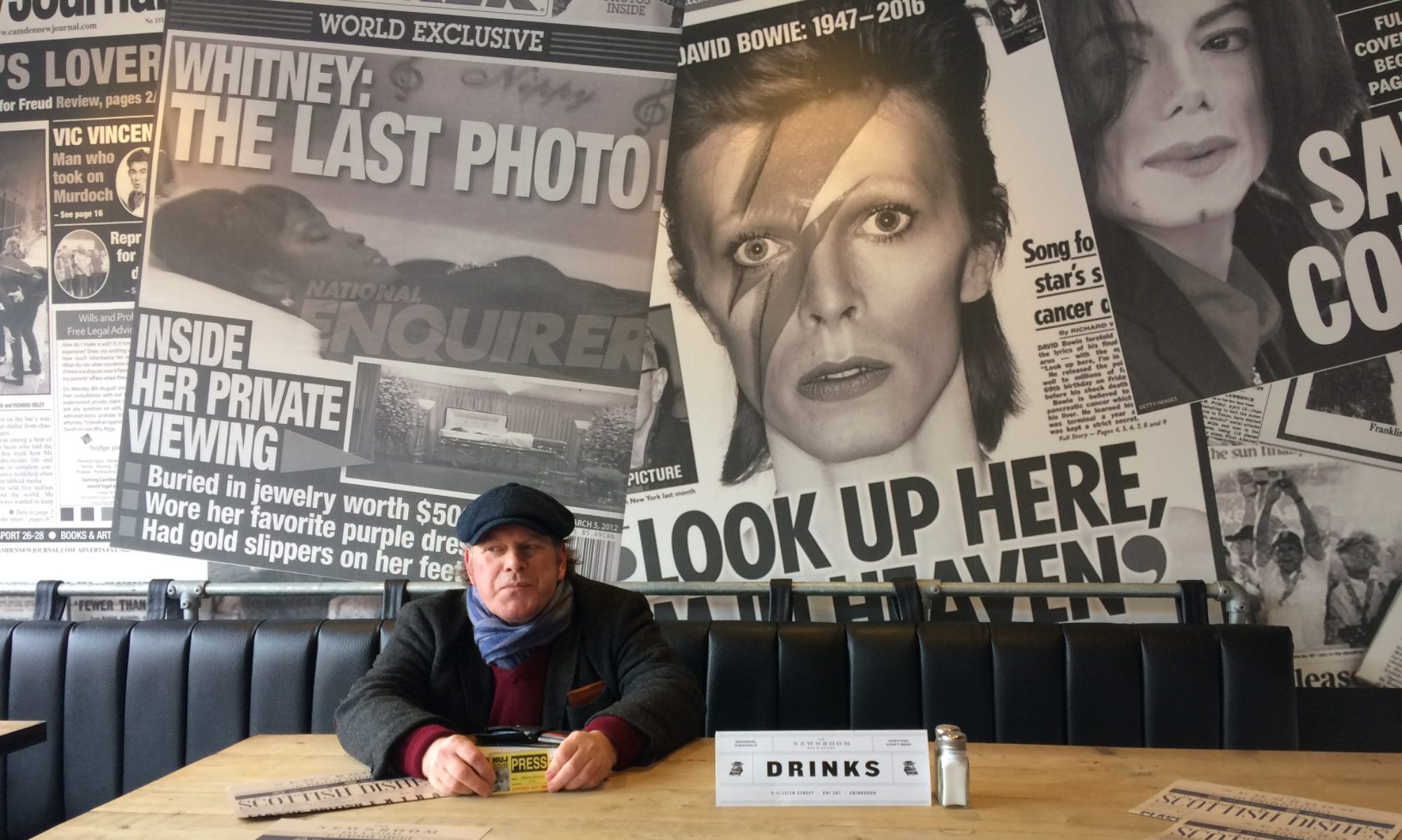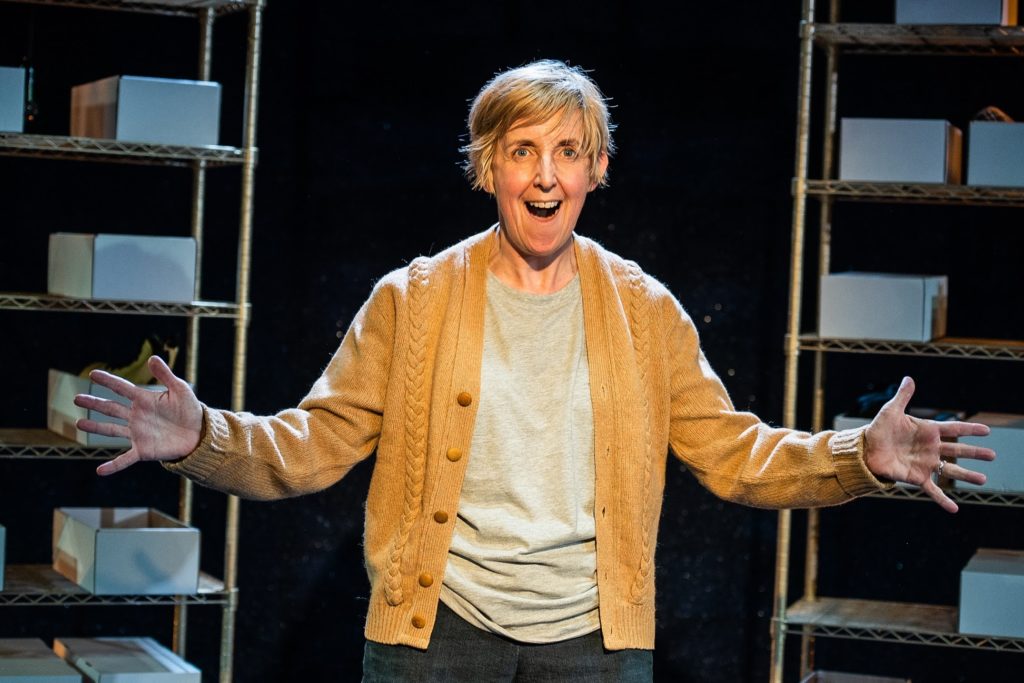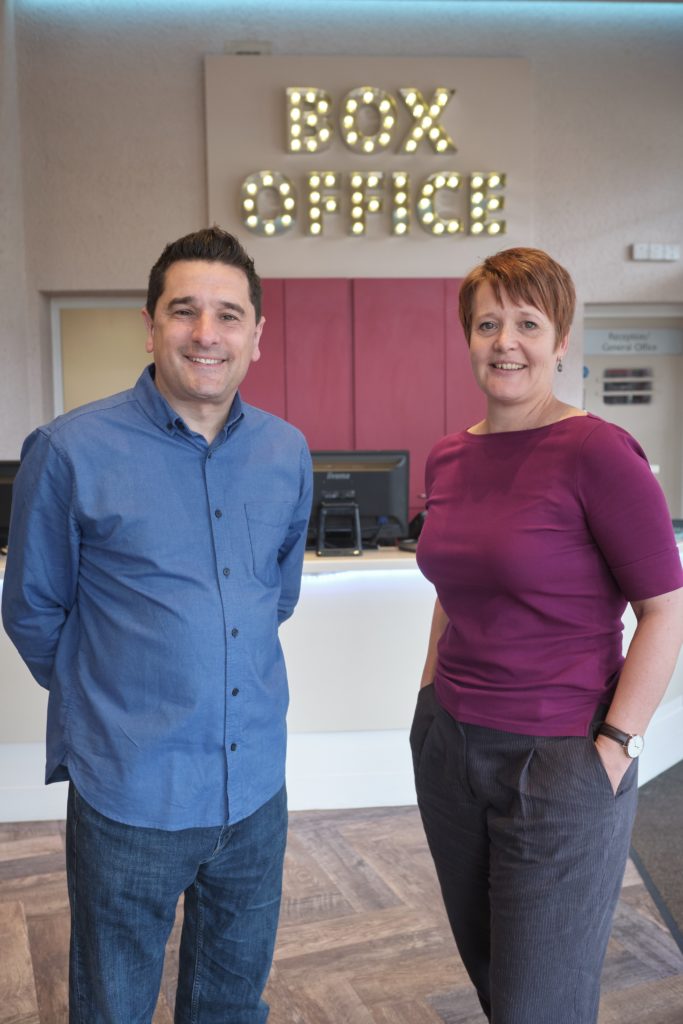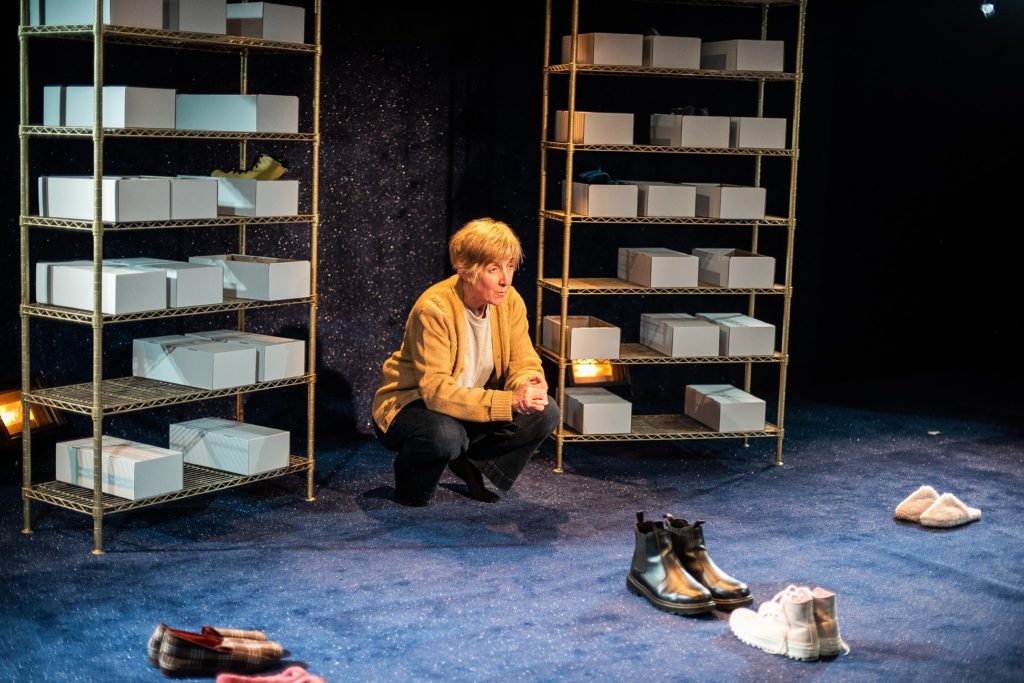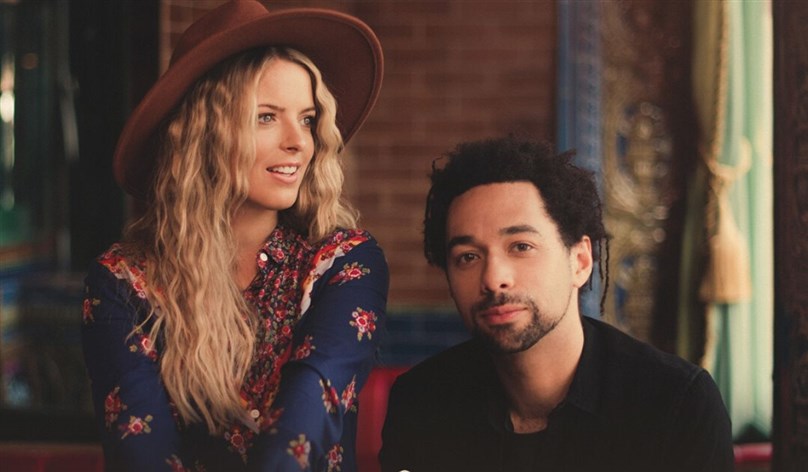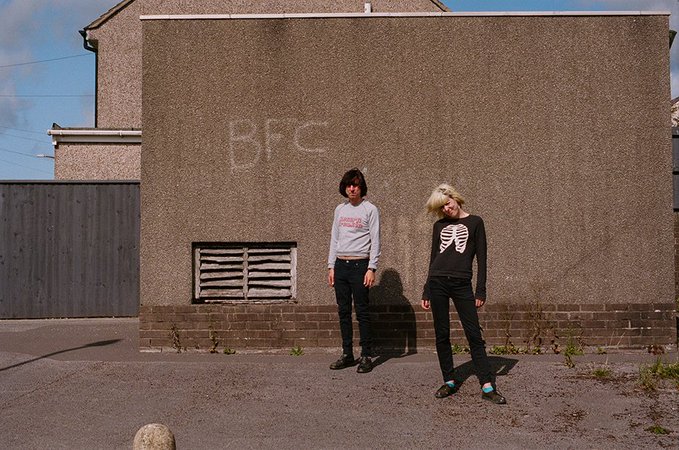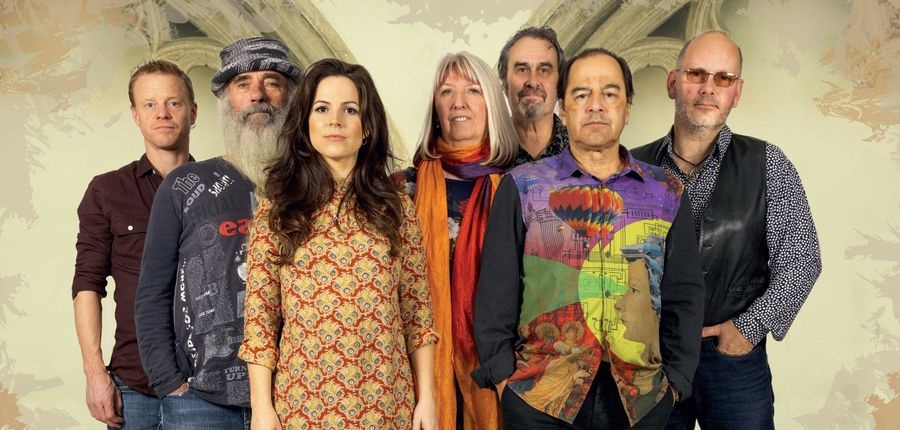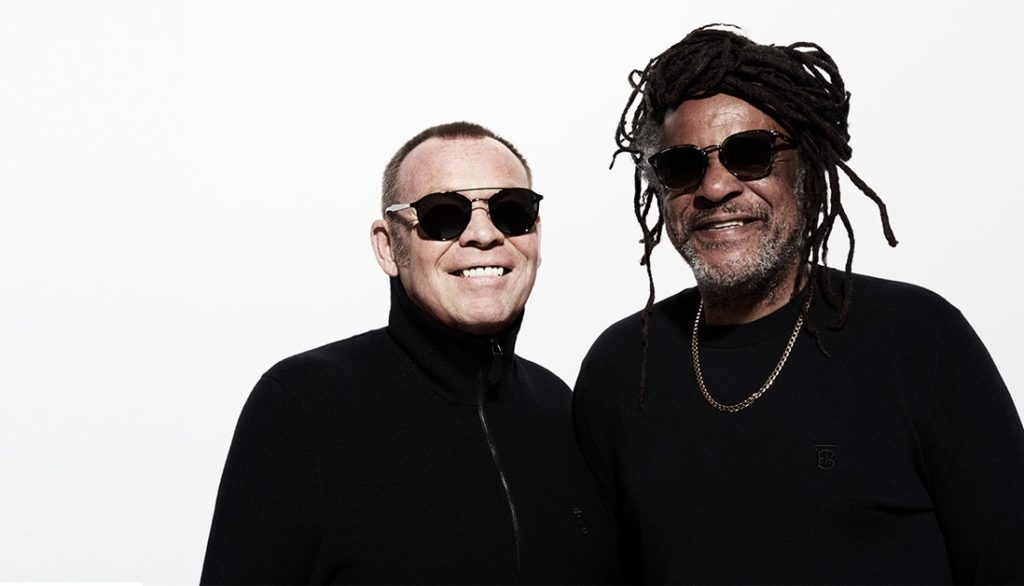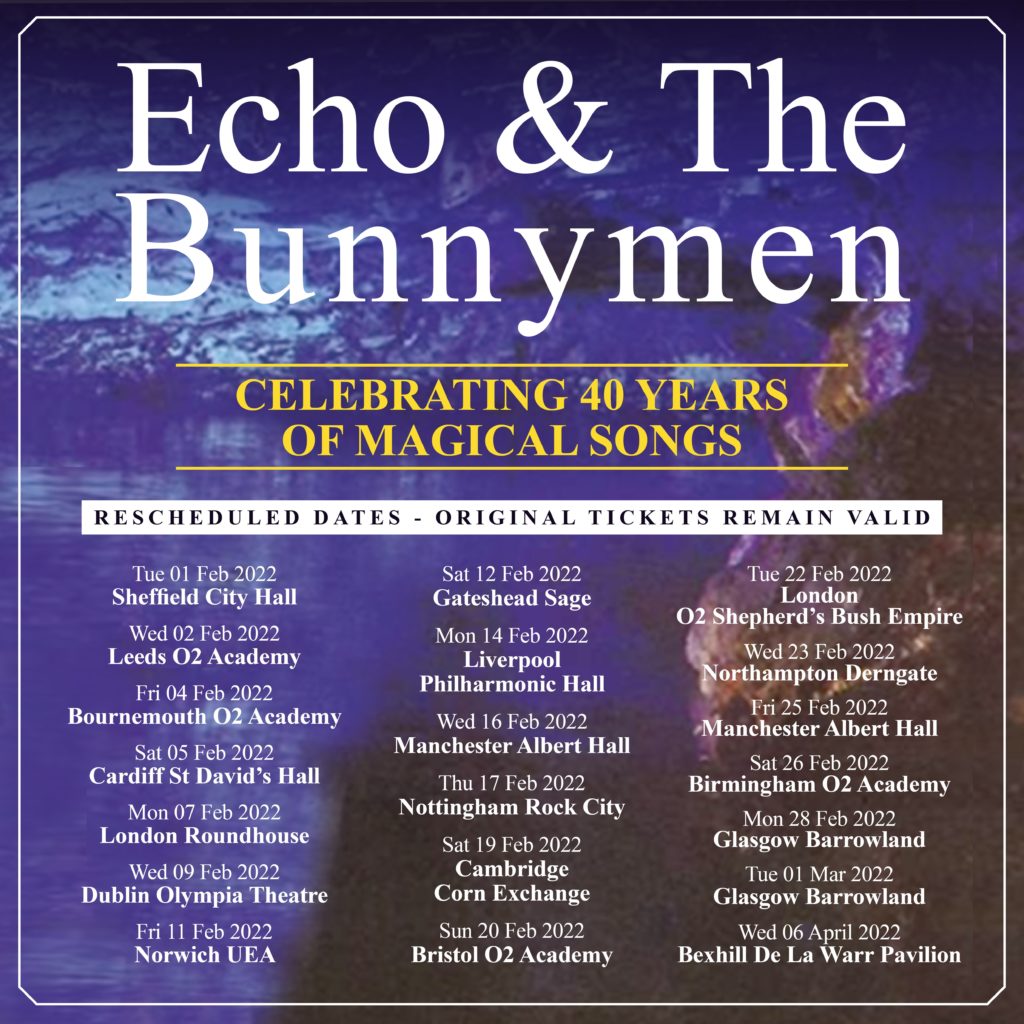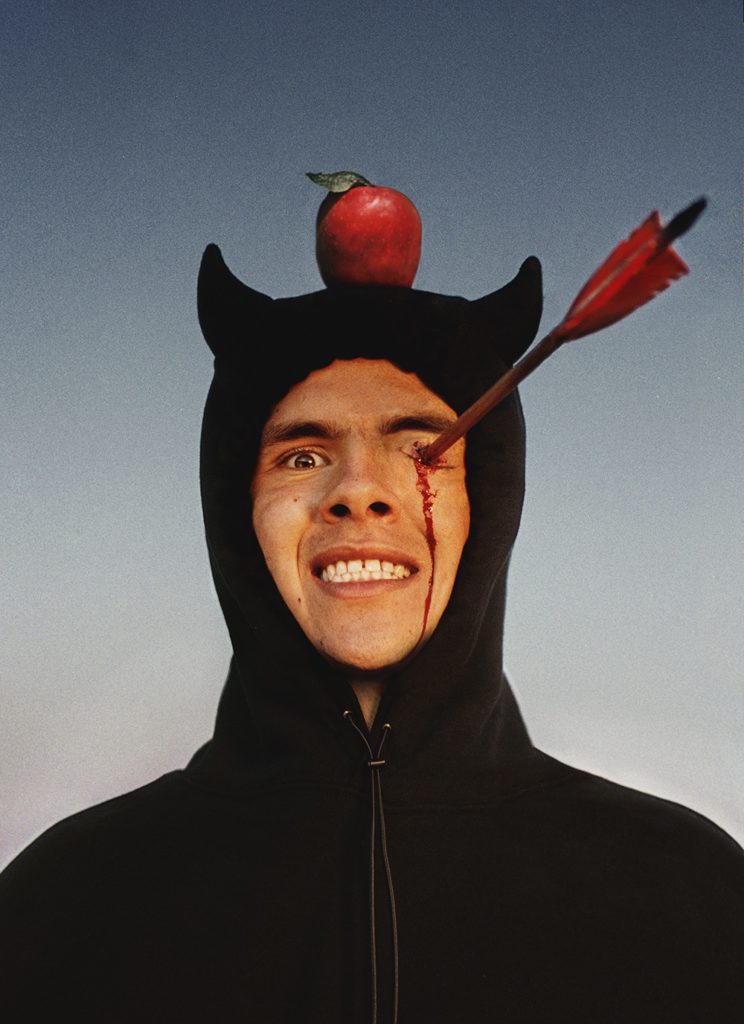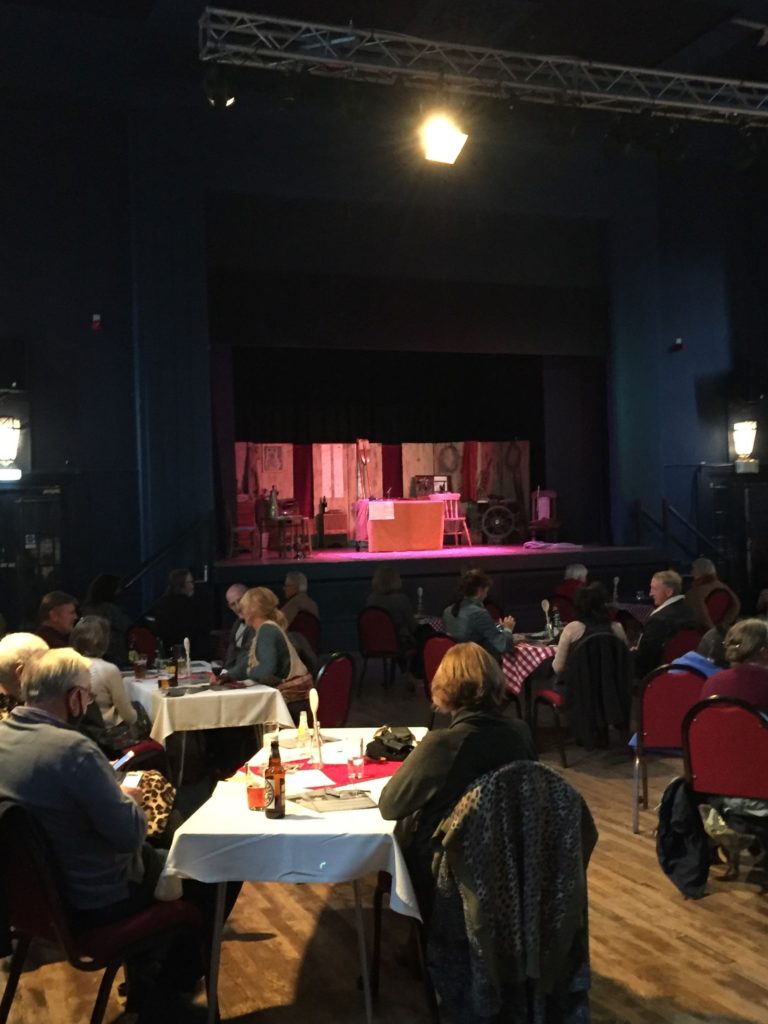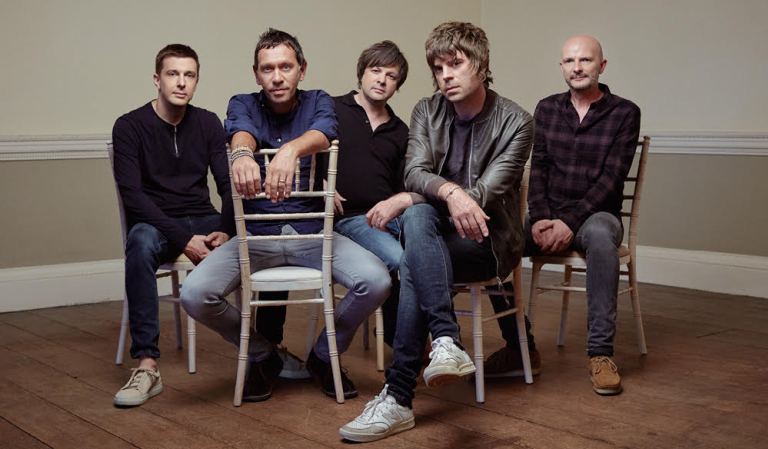
YORK band Shed Seven’s all-Yorkshire bill at The Piece Hall, Halifax, is being rescheduled for a third time.
The Coronavirus lockdown put paid to the original date of June 26 2020, first moved to September 19 2020, then to June 26 this summer.
Now, fourth time lucky, the Sheds’ show will take place on August 28. All the support acts first signed up for last June have confirmed their participation on the new date.
Joining the Sheds that West Yorkshire day will be Leeds bands The Pigeon Detectives and The Wedding Present and Leeds United-supporting York group Skylights, plus the Brighton Beach DJs.
Tickets for this Futuresounds Events open-air concert are on sale at £42.50, premium seats £55, at lunatickets.co.uk, seetickets.com and gigantic.com.
August 28? Doesn’t that clash with Leeds Festival, co-headlined that day by Stormzy and Catfish And The Bottlemen? Indeed so, but “let’s just say our fans are not their demographic,” quips lead singer Rick Witter, aware of the predominance of teens at the post-exam-results gathering at Bramham Park.
This is the second outdoor Shed Seven show in 2021 to be in need of a new date. They should have been chasing winners as well as Chasing Rainbows at Doncaster Racecourse on May 15, but that Don 2021 Music Live debut is now a non-runner under the Government’s lockdown restrictions.
Witter confirms an announcement on when the Sheds’ show will finally come under starter’s orders will be made tomorrow. Expect a delay until 2022.
When first setting up the Halifax headline gig, Witter said: “We’re doing this Piece Hall show partly because our 2018 gig at Manchester’s Castlefield Bowl went so well.”
The revived Britpoppers drew 8,000 that June day; the maximum capacity is 5,500 for the Piece Hall, a renovated 18th-century Halifax cloth hall that now houses history exhibits and independent shops, bars and restaurants.
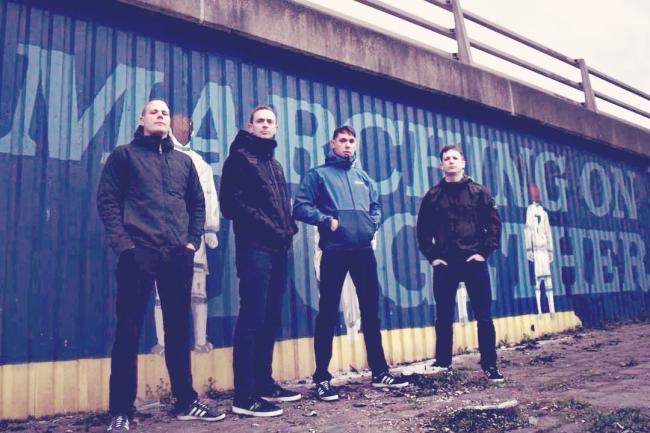
In 2019, the Sheds mounted their biggest ever Shedcember winter tour, chalking up their record run of 23 shows between November 21 and December 21, with Leeds First Direct Arena on December 7 at the epicentre.
“After we did those Shedcember gigs, we just fancied doing something similar to Castlefield Bowl, but this time a Yorkshire gig,” said the Stockport-born Witter.
Stockport, Mr Witter?! “I know, but I consider myself a Yorkie now,” said Rick, who attended Huntington School in York. “To do an outdoor Yorkshire show in such a salubrious setting will be a great buzz.”
The Sheds are making provisional plans for a 2021 series of Shedcember shows. Watch this space for updates.
Meanwhile, The Piece Hall Trust and Futuresound have confirmed their rescheduled programme of live music events for 2021 and 2022, in the wake of the Government roadmap rollout.
The partners have worked hard to keep as many acts as possible in 2021, with the vast majority rescheduled for August and September. “But due to the complex nature of artist touring schedules, we have had to move some of the gigs, including Nile Rodgers featuring Chic and Doves, to 2022,” says the trust.
“We have managed to secure a second date for Nile Rodgers & Chic following strong sales demand seen this year. Tickets for the new show will go on general sale at 10am on Friday [12/3/2021], with a 24-hour Piece Hall Trust member pre-sale starting on Thursday.
“We hope that the return of live music to the venue will help bring some joy and a sense of normality back to music lovers.”
The dates now confirmed for The Piece Hall:
2021
Shed Seven, August 28; The Specials, August 29; The Cribs, September 3; Richard Hawley, September 4; Manic Street Preachers, September 10; Kaiser Chiefs, September 11 and 12.

2022
Doves, June 18; Nile Rodgers featuring Chic, June 24 and 25.
All tickets purchased for deferred events remain valid, and ticket holders do not need to do anything to secure their spot for the new date.
Those unable to make the new dates should contact their booking platform to discuss making alternative arrangements. Refunds will be available from the point of purchase if they cannot make the rescheduled dates.
Visitor safety continues to be the number one priority for The Piece Hall Trust, and so the team has been working closely with partners to determine the safest way to reinstate live music events.
Essential maintenance and a significant deep clean have been undertaken during the Lockdown 3 and the logistics of the large-scale events are being planned meticulously.
Nicky Chance-Thompson, the trust’s chief executive officer, says: “We’re thrilled that we have been able to reschedule our planned Summer 2021 artists to the autumn in what has been a turbulent year for all of us.
“By moving the events to the later dates, we hope we’re providing peace of mind for ticket holders not just around the certainty of the gigs going ahead, but around individuals’ safety and wellbeing, which remains our main priority.
“There is light at the end of the tunnel, and for the first time in a long while, we can re-imagine a thriving and vibrant live music scene returning to Halifax once again. Live music events have always been the jewel in the crown of The Piece Hall, and we sincerely look forward to welcoming these world-renowned artists to our venue.”
For tickets, go to: lunatickets.co.uk, seetickets.com and gigantic.com.
